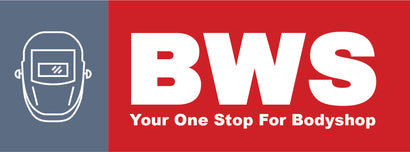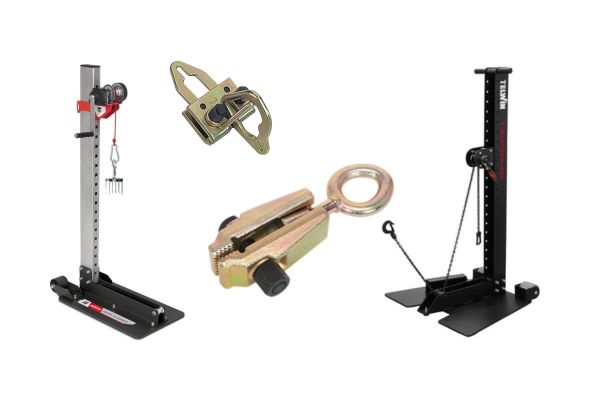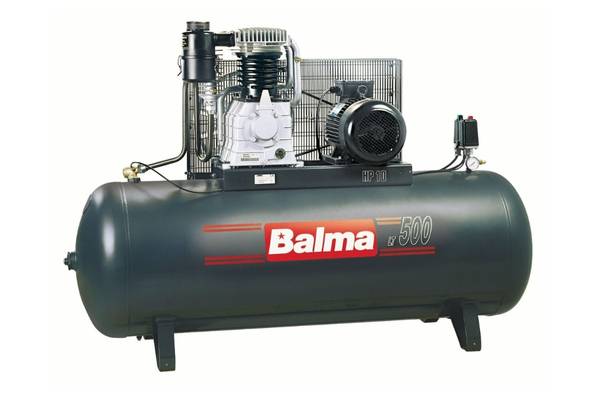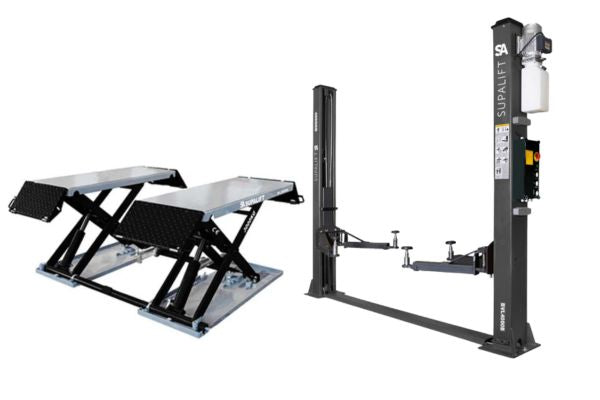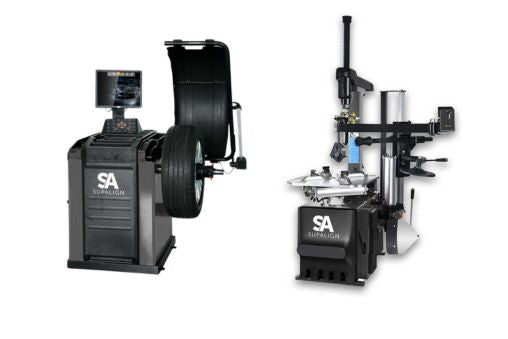NEW Glue Pulling Systems- In Stock!
NEW Glue Pulling Systems- In Stock!
BODYSHOP
WORKSHOP
WELDING
TOOLS
SAFETY
PLASTIC WELDING RODS
Looking for plastic welding rods for the repair of vehicle bumpers, plastics and trim? We stock all types of plastic repair rods, PA, PE, ABS, and PP buy from BWS today!
Quality flat plastic welding rods in bundles that can be used with hot air welders or nitrogen welders. The identification of the plastic is usually stamped inside the bumper. Simply match your plastic filler rod with the bumper plastic for the best results.
Plastic Welding Consumables For Repairing Bumpers and Trim
Welding rods for plastic welding are available with BWS, your welding partner. Welding rods for plastic are used to bind two separate pieces of plastic together, resulting in a strong weld. At BWS, we supply various welding rods for plastic materials including PA, PP, PE and ABS plastics. If you require any further assistance, don't hesitate to contact our team of experts, they are always happy to assist you.
WHY BUY FROM BWS?






PP Plastic welding rods - Polypropylene / Ethylene-propylene-diene-monomer
PP/EPDM is a material that combines the desirable properties of two materials - polypropylene and ethylene-propylene-diene monomer (EPDM). It is commonly used for manufacturing vehicle bumpers and other parts.
PE "low density" Plastic welding rods - Polyethylene .
LDPE, also known as PE-LD, is a thermoplastic made from polymerization of ethene. It is a type of polyolefin and is commonly used in vehicle plastics. Despite its low strength, hardness, and stiffness, LDPE is highly resistant to chemicals and has excellent electrical insulation and sliding properties. Its melting point ranges from approximately 130°C to 145°C, with a continuous use temperature of -80°C to +70°C.Typical Welding temperatures are Welding tool: 250 - 280°C or for a Hot air tool: 260 - 285°C
ABS Plastic welding rods - Acrylonitrile-butadiene-styrene
AAcrylonitrile-butadiene-styrene (ABS) is a synthetic terpolymer widely used in bumper parts especially by Porsche and other manufacturers as it has a high impact strength. Its excellent surface hardness, impact resistance, and oil resistance make it a popular choice. ABS is dimensionally stable and can be easily worked with, including sawing, drilling, and cutting. It can also be coated with metals and polymers for added durability.
Welding temperatures for ABS Rods are : Welding tool: 255 - 285°C, Hot air tool: 275 - 310°C
FAQ
-
Various thermoplastics can be welded using welding rods designed to match the properties of the material being welded. This includes, but is not limited to, materials like Polyethylene, Polypropylene, Polycarbonate, PVC, ABS, and other engineering plastics. The key is to use a welding rod that is compatible with the specific type of plastic to ensure a strong and durable weld.
-
Identifying the right welding rod for your project involves understanding the plastic material you intend to weld. This can typically be achieved by conducting a preliminary weld test or a burn test to observe the compatibility of the rod with the base material. A correct match is indicated by the welding rod's ability to adhere securely to the material once cooled.
-
The preparation for plastic welding includes thorough cleaning of the surface to be welded, preferably with a gentle cleaning solution like mild dish soap and warm water. Removing any paint, UV damage, or significant scratches is crucial, often using a gentle abrasive method to expose the raw plastic without compromising its integrity. If dealing with thicker plastic pieces, creating a V-groove can enhance the welding outcome by facilitating better penetration
-
A common method for welding plastics involves the pendulum technique, which uses a heat gun to melt the rod and the base plastic together. This method requires skillful application of the rod into the joint while employing a back-and-forth motion to ensure even distribution of heat and material. For smaller tasks or in a DIY context, a soldering iron might suffice, with the technique focusing on melting the base material first before introducing the welding rod for the joint
-
When welding plastics, it's imperative to wear appropriate protective equipment to guard against the heat and toxic fumes plastics can emit when heated. This includes heat-resistant gloves, protective clothing, and a respirator designed for welding. Ensuring good ventilation in the welding area is also crucial to avoid the inhalation of any harmful vapors released during the process
-
Provide the answer to the question here.

